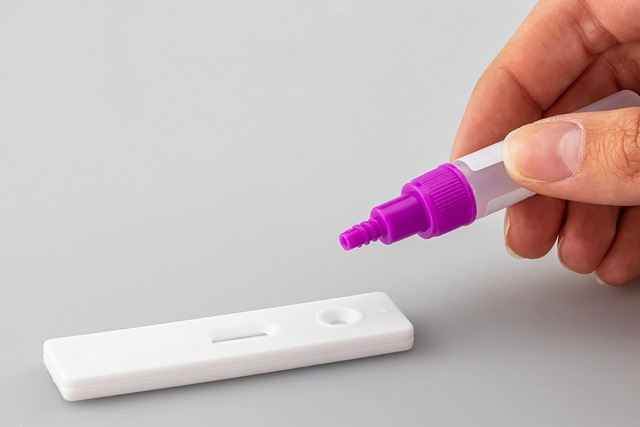Embracing the Future of Control Engineering
In the ever-evolving landscape of control systems, engineers and designers are constantly seeking innovative methodologies to improve accuracy, efficiency, and reliability. One such transformative approach gaining momentum is Model-based design. At its core, this methodology shifts the paradigm from traditional trial-and-error techniques to a more structured and predictive framework.
What Makes Model-Based Design Stand Out?
Control systems are inherently complex, often involving interconnected components with dynamic behaviors. Traditional design methods might rely heavily on physical prototypes and iterative testing, which can be time-consuming and costly. Model-based design changes this by allowing developers to create a virtual representation of the system early in the process. This digital twin acts as a playground to test control algorithms, simulate real-world scenarios, and optimize parameters without the need for costly physical experiments.
The Emotional Connection: Confidence Through Predictability
For engineers, the complexity of control systems can sometimes feel overwhelming, with countless variables and uncertainties lurking at every stage. Model-based design offers a sense of empowerment — a feeling of control over the chaos. By visualizing and simulating system behaviors before implementation, it fosters confidence that the final system will meet expectations and perform reliably in the field.
Streamlining Development — From Concept to Deployment
One of the biggest advantages of this approach is how it streamlines the entire design process. Starting from concept validation, through controller design and verification, to hardware implementation, model-based design integrates these steps seamlessly. It enables rapid iterations, making refinements based on simulation results without physical rebuilds, thereby accelerating time-to-market.
Enhancing Collaboration and Communication
Control engineers aren’t working in isolation. They collaborate with software developers, hardware engineers, and system architects. Having a unified model fosters clearer communication, as everyone works from the same digital blueprint. This shared understanding reduces misinterpretations and aligns goals across teams.
Driving Innovation in Control Systems
As industries like automotive, aerospace, robotics, and renewable energy push forward into complex territories, the demand for precise and adaptive control grows. Model-based design equips engineers with the tools to meet these challenges head-on. By predicting system responses early and fine-tuning control strategies within a virtual environment, engineers can pioneer smarter, safer, and more efficient control systems.
For those immersed in the world of control engineering, embracing model-based design isn’t just a technical shift; it’s a mindset that brings clarity, precision, and confidence to the entire journey of crafting sophisticated control solutions.




